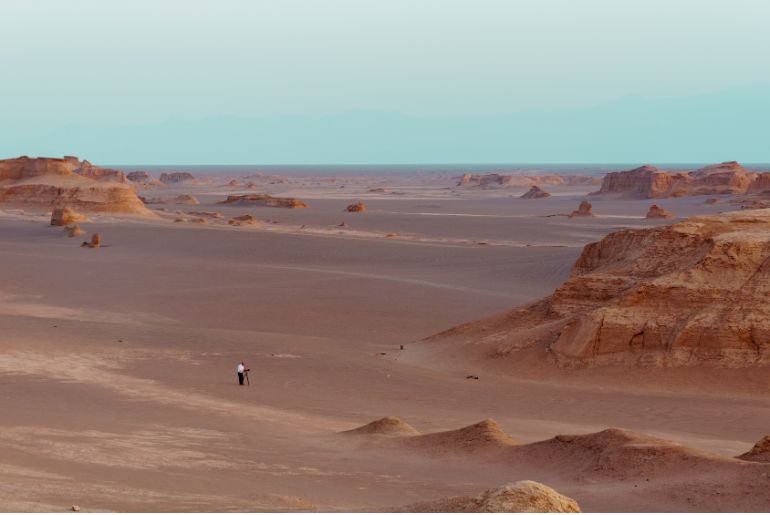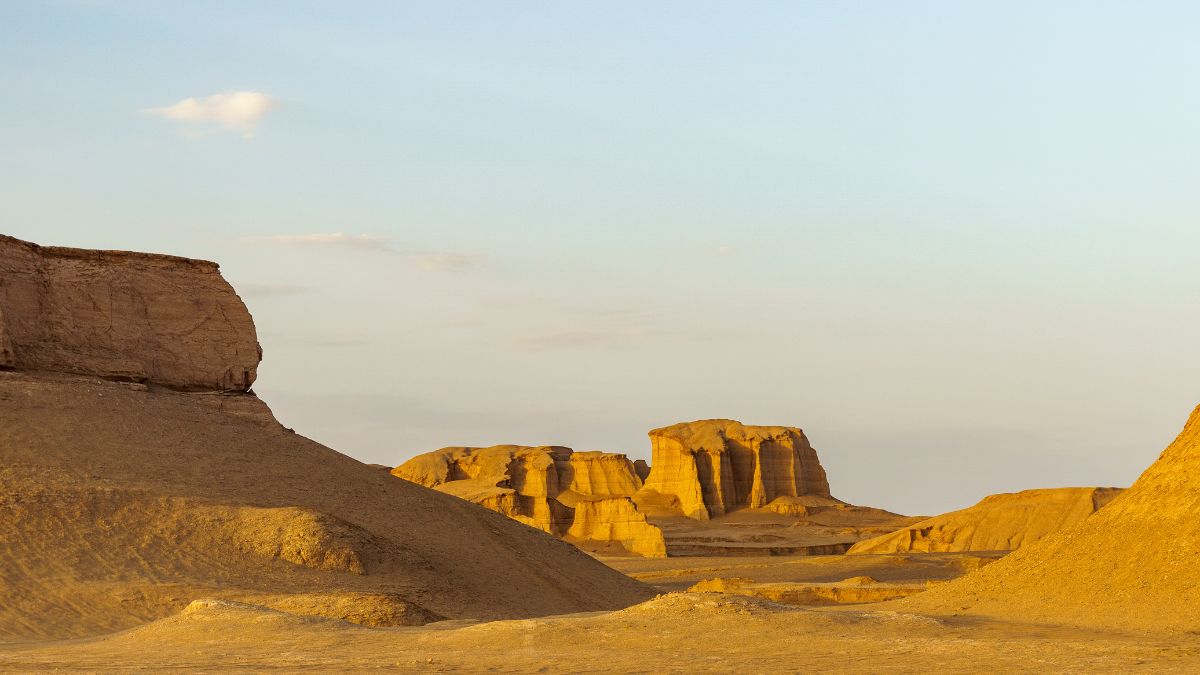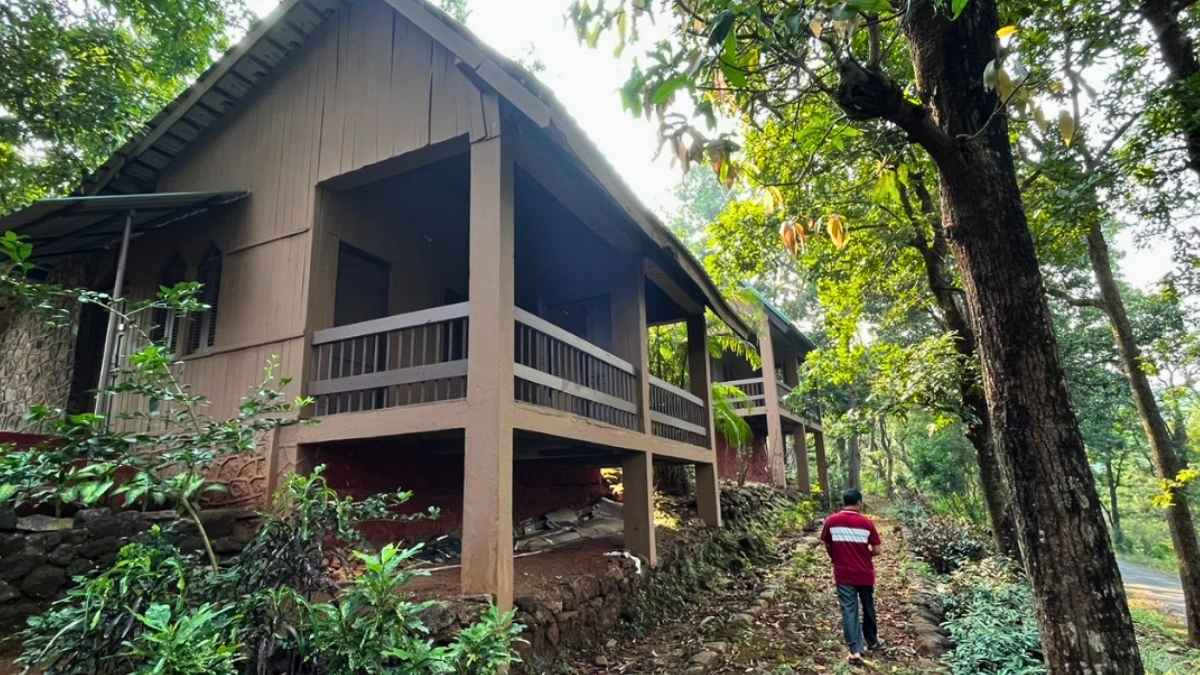Are you visiting Iran? Well, we are here to introduce you to a completely unique place in the country. The country is actually home to a desert, which is known as the hottest place on earth and is also a geological wonder. Dasht-e Lut, another name for the Lut Desert, is characterised by extremely harsh terrain. In Persian, “dasht” means plain, and “lut” implies barren and empty.
Head To Iran’s Dasht-e-Lut Desert

With highs of 159 degrees Fahrenheit (70 degrees Celsius), Dasht-e-Lut Desert is regarded as one of the hottest and driest locations on Earth. But there are other distinctive features of this area besides this searing superlative.
Discover the unique and unusual landscape that this place offers, which includes enormous rock formations, some of the world’s tallest sand dunes, salt plains, sinkholes, abandoned castles, and amiable wolves who prowl around at night.
You may camp outside in the starry night air and feel little among the bizarre rock formations. It is recommended that people avoid exploring the Lut Desert in the Kerman Province of Iran during the summer months due to the potentially dangerously high temperatures.
However, it’s advisable to be ready because nighttime lows in the winter and spring might plunge below zero. With temperatures as high as 70.7 °C (159.3 °F), the desert is recognised for having some of the highest land surface temperatures on the planet.
Also Read: CTExclusive: Jonas Brothers, Halsey, Sting & More To Headline Lollapalooza India 2024 In Mumbai
Known For Its Distinctive & Harsh Landscape

At 51,800 square kilometres (20,000 square miles), the Lut Desert is the 33rd largest desert in the world. It has a distinctive and harsh landscape.
Massive sands and seas, generated by sands carried by wind and water and resulting in active dunes, can be found in the desert. These dunes are among the biggest in the world, rising as high as 475 metres (1,558 feet).
There are also large stony deserts in the desert, where sandblasting has stripped hard rocks of all soil, leaving them faceted into stones. One of these is the Gandom Beryan Plateau, a basaltic region covered in a dark, barren desert.
The huge, corrugated aeolian yardang landforms, which span over 40 kilometres (25 miles) and reach heights of up to 155 metres (508 feet), are another notable feature of the Lut Desert.
Strong winds that occur in the Lut Desert between June and October induce aeolian erosion and substantial sediment transfer. As a result, enormous corrugated ridges known as kaluts are created. These are among the most striking examples of aeolian yardang landforms.
Also Read: Bengaluru: As COVID Makes Comeback, Pubs & Restaurants To Check Temp, Curb Large Gatherings
Have you ever been to Iran?
Cover Image Courtesy: Canva
For more such snackable content, interesting discoveries and latest updates on food, travel and experiences in your city, download the Curly Tales App. Download HERE.
Good news! We are on WhatsApp! Subscribe to Curly Tales WhatsApp Channel to stay up-to-date with exclusive content and BTS. Join HERE.




